Kubernetes native network policies from zero to hero!

Kubernetes native network security policies by example. The Kubernetes network model is a “flat” network design. This means that all pods on one node can communicate freely with all pods on all the other nodes without being address translated, or blocked. The networking is implemented by a CNI (Container Networking Interface). Examples of popular CNI’s are Cilium, Calico, […]
Introduction to Confidential Containers
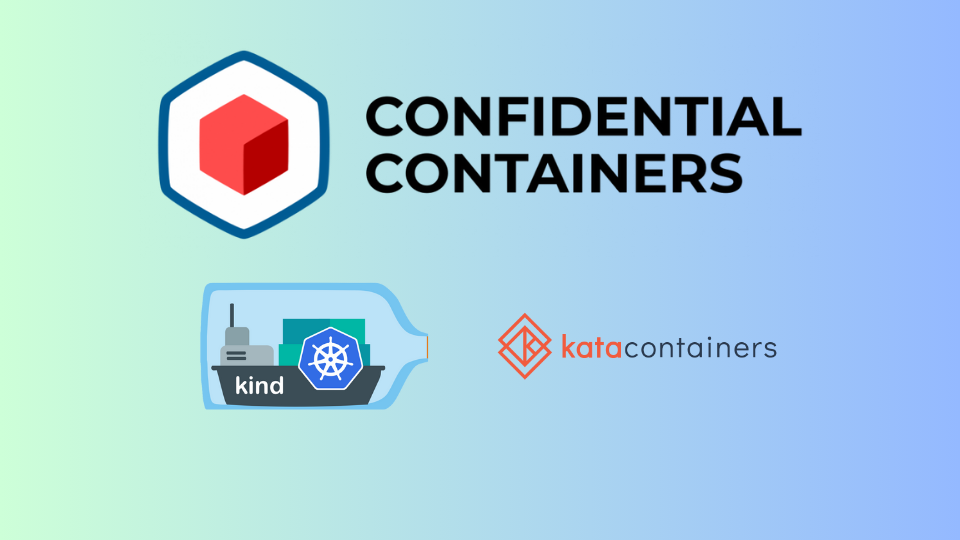
Get familiar with Kata containers based Confidential Containers stack Confidential Containers (CoCo) is a CNCF sandbox project which aims to integrate existing Confidential Computing (CC) infrastructure support and technologies with the cloud-native world. The following references are a good read: In this lab, we’ll be deploying the Kata containers based CoCo stack as shown in the […]
How does Kubernetes assign QoS class to pods through OOM score?

To know about the concept of Linux’s OOMKilled and how it helps Kubernetes to define a Quality of Service (QoS) class for its pods. Most Kubernetes users would have encountered OOMKilled at least once. When OOMKilled occurs, we tend to recalibrate the pod’s QoS or move the pod to a different node thinking there is a memory issue with […]
Kubernetes Tip: How To Gracefully Handle Pod Shutdown?
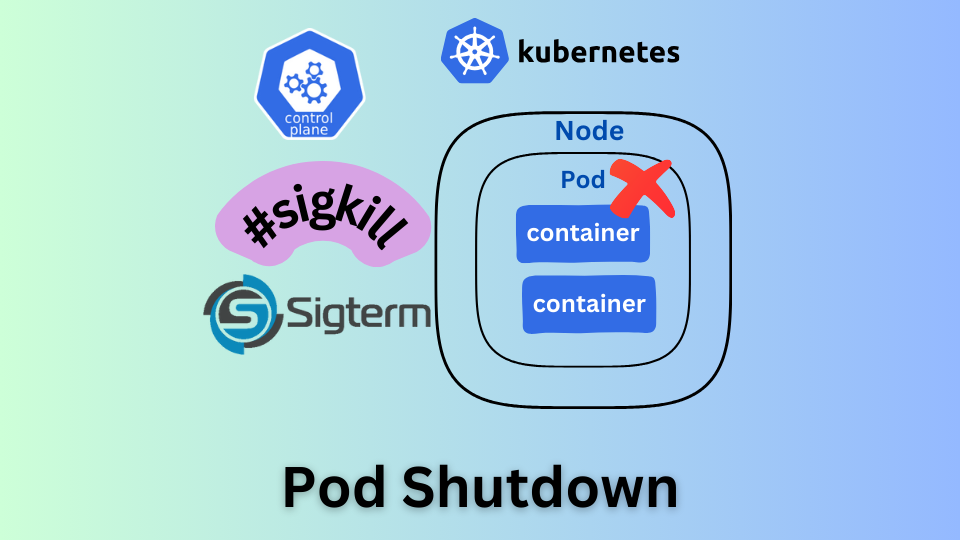
To know about graceful termination of pods and difference between SIG-TERM and SIG-KILL for container deletion. Shutting down an application Pod is as important as starting it up. We need to release all of the resources used by the application and process in-progress requests etc. Proper shutting of applications helps in reducing chances of request failure.There […]
Learn Kubernetes operator by a real world example!
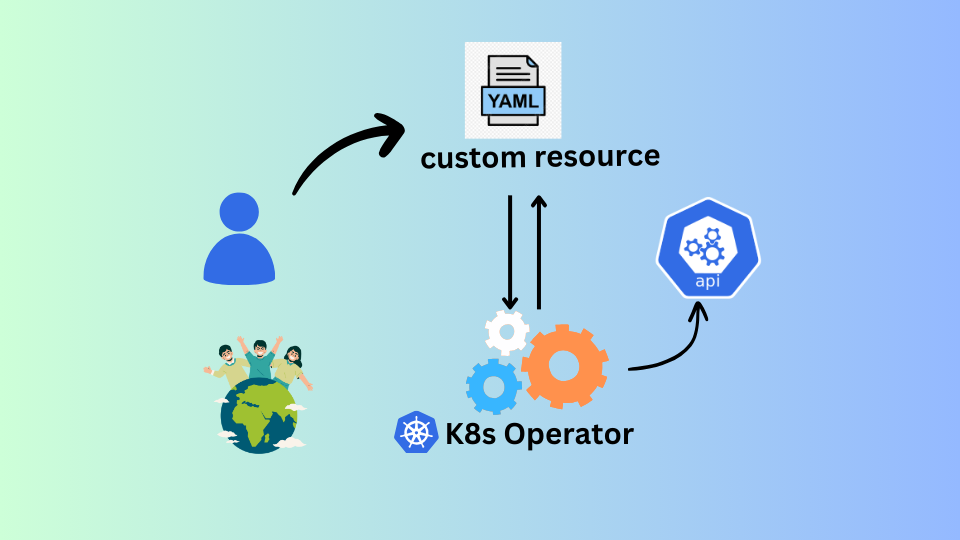
Full Hands-on experience learning Kubernetes Operators + explanations | Simple & intuitive explanations to grasp key concepts | Real world example to get you going right away! What is a Kubernetes Operator? A Kubernetes Operator is an abstraction for deploying non-trivial applications on top of Kubernetes, behind Kubernetes APIs. The Kubernetes Operator attempts to wraps the logic for deploying […]
Progressive Delivery With Argo Rollouts : Canary with Analysis (Part 3)
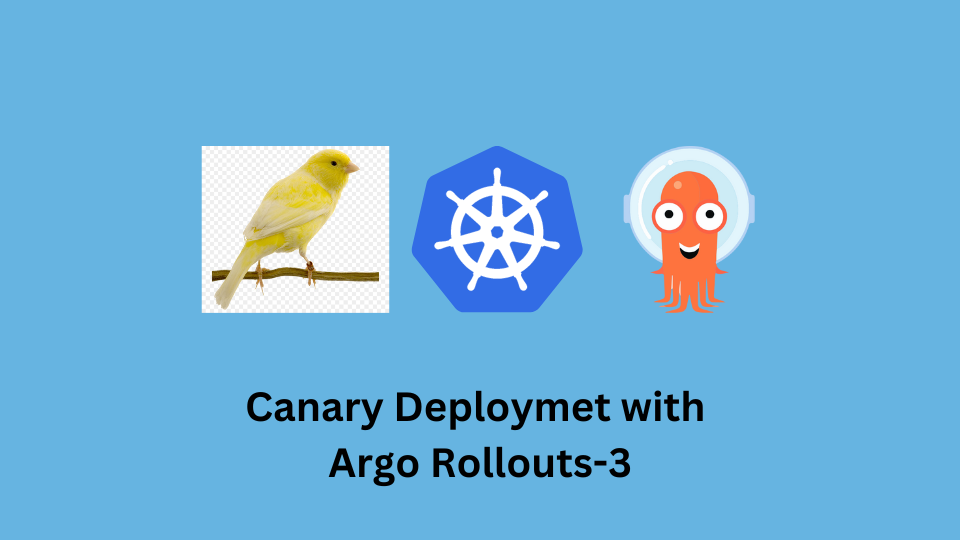
Canary Deployment with Analysis using Argo Rollouts Hope you have gone through and enjoyed the first two parts of our progressive delivery with the Argo Rollout series, where we have seen how one can implement the blue-green and canary deployment strategy by deploying a sample application using the Argo Rollout controller in a Kubernetes cluster. In Part 3 of this series, we […]
CloudYuga’s Cloud Engineer Bootcamps

Hands-on program to make the participants Internship/Job ready in 3 months If I look around in my circle everyone is hiring but they keep complaining that they are not getting good candidates. On the other hand, if you look at the profiles on LinkedIN, Job sites etc we’ll find a lot of buzzwords in the […]
Core Dumps with Kata Containers

To learn about core dump with kata containers In the previous blog, we discussed the use of Kata containers for building isolated dev and build environments. In this hands-on lab, let’s take things a step further by discussing how to handle core dumps with Kata containers. There are a variety of reasons why you may need to analyze an application […]
werf: deploy apps to Kubernetes

Learn how to easily deploy applications to Kubernetes using werf, a powerful open source tool. In this lab, you will build a container image with an example application, deploy it to Kubernetes, and modify the configuration and code of the deployed application. We will use a tiny shell script as a demo. It returns pong […]
Need specific kernel settings for your Kubernetes POD?
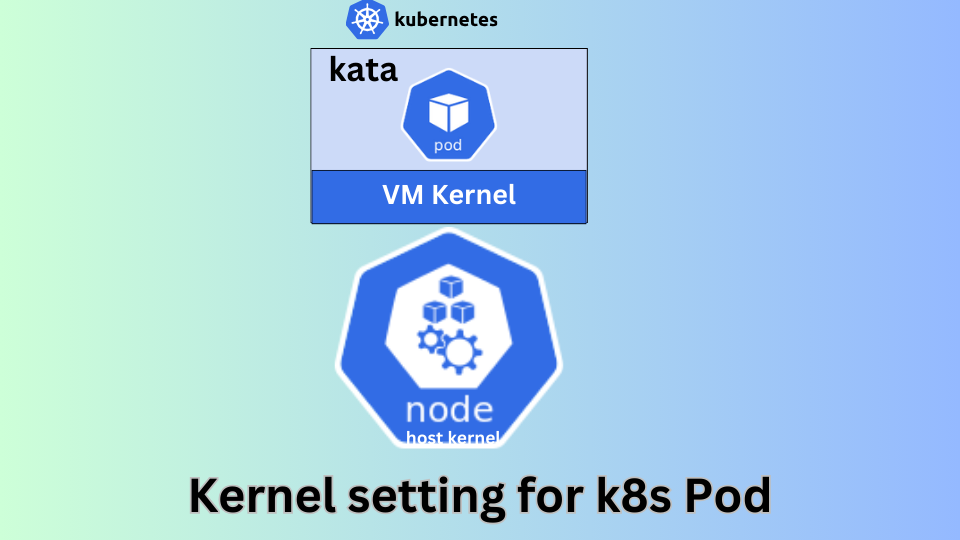
A low-risk approach for Developers and Administrators Linux provides the sysctl mechanism to modify the kernel behavior at runtime. There are many situations where this is desired. For example, tuning the kernel to run high-performance computing apps, configuring the application core dump settings, modifying network settings, experiments, etc. Sysctl settings can be grouped into two categories: Further Kubernetes […]

